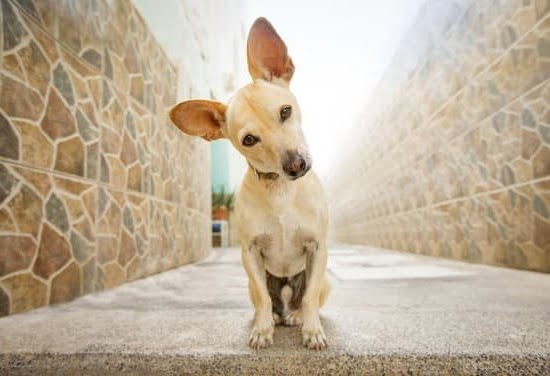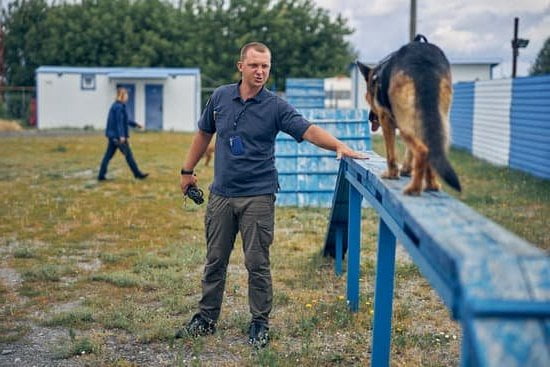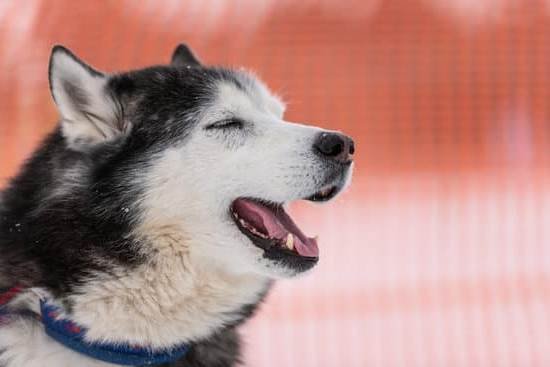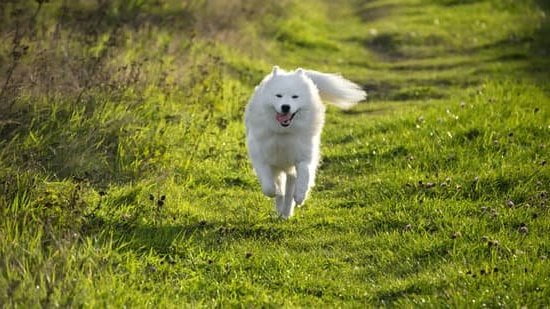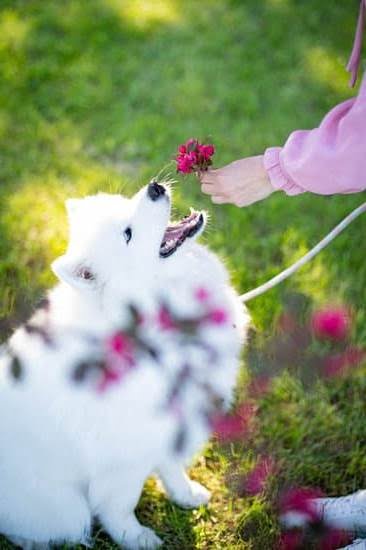Introduction
Training your dog to come when called is critical for the safety and well-being of your pet. It allows you to have control over your pup in many different scenarios – whether they are getting outdoors, encountering other animals or just out on a leisurely walk. Teaching your pooch this important command not only teaches them an invaluable skill but also helps build their trust in you as the leader of the pack. Being able to call them away from danger, recall them back home should they get lost and even better being able to enjoy moments with them confidently, out and about will not only bring you closer together as a pair but provide peace of mind that they are in a safe environment. Additionally, allowing other people who may be caring for your dog from time to time (for example at puppy daycare) will let them know how obedient and trustworthy your four-legged friend can be!
Basic Training Steps
1. Choose a simple word or phrase that you will use as a cue for the dog to come when called. This should be something consistent, such as “Here” or “Come”.
2. Find a comfortable, open space where there is less distraction and where practicing the command can be done safely—without the risk of either you or the pup getting hurt if they decide to run away.
3. Make sure you have plenty of treats and praise on hand to reward your dog for responding correctly when asked to come.
4. Begin by slowly walking backward with your dog following slowly behind; give your command as you move and provide praise and a treat each time he/she responds correctly and follows along.
5. Once your pup is comfortable staying close, start increasing the distance between you in small increments until he/she understands it from further away—it may take multiple attempts over several days for them to understand it fully from all distances.
6. When the pup responds correctly by coming directly to you, offer a generous amount of verbal praises in addition to a treat; this will reinforce positive behavior and make them more likely to respond quickly in the future when called upon again!
7. Keep practicing consistently while gradually increasing environmental distractions as needed (e.g., adding people, other animals, toys); eventually they should be able respect the command even with distractions around them!
Establish the Cues
Establishing cues is an important part of the process of training a dog to come when called. Verbal and physical cues can strengthen your dog’s response and help him understand your request more quickly. When teaching your dog to come, begin by verbally calling for his attention followed by a reward for responding when he does come. This will establish the verbal cue that will eventually become a conditioned behavior in your dog. Adding physical or hand signals can also help create a stronger response from your dog. An example of incorporating these tools is having your palms face outwards and open downwards towards the floor, accompanied with the verbal command of “Come”. Repetition of the pairing of words with gestures over time helps provide clarity for what you are asking for, strengthening their response in the future when given either cue separately.
Positive Reinforcement
Positive reinforcement is a key part of training any dog to come on command. Treats and praise are a rewarding and effective way of reinforcing desired behaviors. These rewards will help build an enjoyable, constructive relationship between dog and owner that encourages continued success.
Treats are especially effective for teaching because dogs have a keen sense of smell and will be drawn to the scent of something delicious. Depending on your dog’s preference, treats can range from small pieces of kibble to tasty snacks like jerky or cheese cubes. These rewards should be given quickly after each successful completion in order to connect the treat with the specific action effectively.
Similarly, verbal praise is another essential element when it comes to positive reinforcement. It lets dogs know they’re doing something right and makes them eager to repeat that behavior again in hopes of more approval in the future. Praise also builds emotional bonds between owners and their furry friends over time, establishing a stronger connection built on trust – without having to resort to forcing dogs into actions they don’t want to do. Additionally, reward-based training helps create a mutually beneficial relationship in which both parties greatly benefit; providing beneficial exercise for dogs as well as joyous moments for owners alike.
Troubleshooting
Most owners want their dogs to come when called but often fail to actually train their dog to do this. Here are some tips to help you and your dog avoid common mistakes when training for a reliable recall:
1. Start indoors. Before taking the training outdoors, practice in a safe, comfortable, low distraction area such as an indoor room where your pup can focus solely on you and the task at hand without being distracted by other animals or people.
2. Use high-value treats. Have delicious morsels such as small cubes of cheese or hotdog slices ready to reward your pup each time they come when called. The higher value the treat reward the stronger the desired behavior will become ingrained in them quickly!
3. Be consistent. Make sure that everyone in your family is using the same words and commands when calling your dog each time so that he does not become confused with mixed signals from different trainers.
4. Provide plenty of positive reinforcement by praising him verbally each time he completes correctly what was asked of him instead of only scolding him when he makes an error or delays coming back too slow.
5. Watch your tone and body language – keep it light and happy while trying not to appear tense or overbearing as this could lead your pup feeling scared or intimidated which will negate any successful progress made in training thus far!
Building Distance
Building distance means your dog is able to come when you call them from further and further away. The first step to building distance is teaching your dog a reliable recall. This should be done in low distraction areas such as inside or a quiet backyard until the recall is successful on a consistent basis. Once your dog has firmly grasped that concept, you can start to increase their understanding by varying the distractions: Bring treats into the equation, move out into more distracting environments and use games like hide-and-seek or fetch to produce an even more reliable response from your pup. Another great exercise for building distance is shaping whichever behavior you want your pup to remember, whether it’s their name being called or “come” – keep reinforcing until they understand what’s expected. Don’t forget create plenty of opportunities for success by rewarding good behavior with treats and lots of praise. Lastly , introduce each new distraction slowly allowing your dog enough time to process and adjust accordingly
Games for Practice
One good way to reinforce the “come” command when training a dog is to call your fur baby from across the room, or even further away, when you begin practicing this command. Choose a word or phrase like “here”, “come”, or “over here” and try to keep it consistent each time you use it. If they come running over to you with excitement – great job! Give them lots of praise and reward them with a treat.
Another fun option is to incorporate music into your training session. Maybe have some upbeat music going while calling your pup’s name in a high pitched voice. Or even better yet, have someone play an instrument while calling them and get them ready with their favorite treats as they reach you! Tweak the rhythm if needed until they start recognizing what’s going on and making the connection. After all that hard work, be sure to give lots of love and rewards for coming over so your pup knows what an awesome job they did!
You can also hide treats around the house and encourage your pup to explore for them. Lead your pup by scenting or hiding a bit of something yummy in plain sight like behind furniture or under rugs. If they happen to find one then be sure to reward them with lots of praise and then discover more exciting places for their next adventure! Training should never be boring – make it enjoyable for both you and your pup so that learning is fun and successful!
Conclusion
Training your dog to come when called can be an invaluable skill for helping them remain safe. To do this, use positive reinforcement and rewards when your pup obeys the command. Start off in a low distraction area where success is almost certain and gradually increase distractions over time. Make sure to practice multiple times each day, adding distance as your pet improves. This will help them to remember their training better. If you find that they’re struggling with their recall, try reintroducing their reward system and reward them more frequently until they are consistently reaching the goal. And above all else, be patient and kind – it is just as important for them to have positive experiences with recall training as it is for you to teach it successfully. By following these guidelines, you’ll be well on your way to having a reliable come command that the whole family can enjoy using!

Welcome to the blog! I am a professional dog trainer and have been working with dogs for many years. In this blog, I will be discussing various topics related to dog training, including tips, tricks, and advice. I hope you find this information helpful and informative. Thanks for reading!

